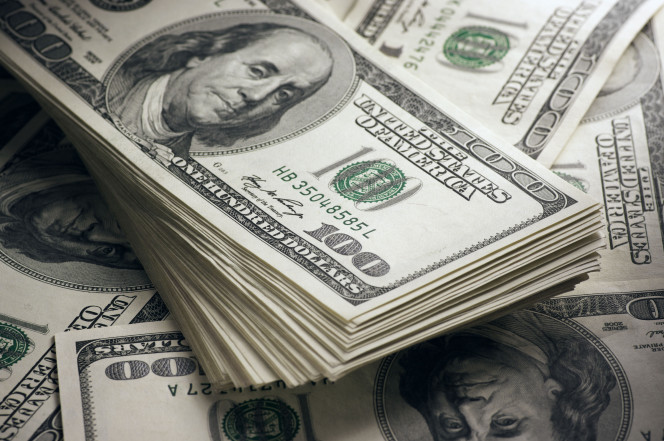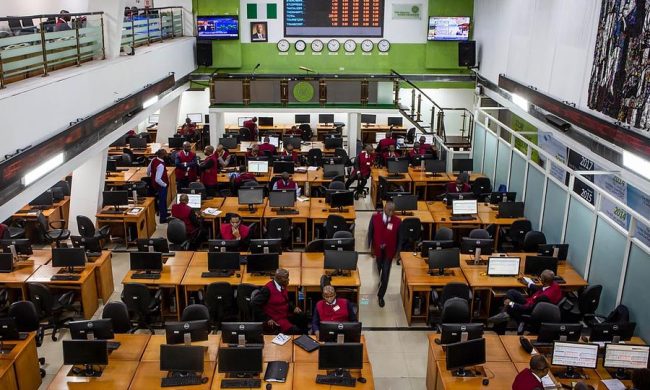The dollar soared higher on Thursday, January 18, after plumbing a three-year low hit earlier in the session as higher U.S. Treasury yields prompted some investors to pare bearish bets against the greenback.
The dollar rose 0.2 percent to 90.73 against the basket after falling to a December 2014 low of 90.113 in the Asian session. It fell 10 percent last year and has a weakened more than 1.5 percent in the opening days of 2018.
With global investors including sovereign wealth funds and central banks looking to diversify their dollar holdings into other currencies such as the euro, market watchers say the dollar’s latest bounce may be short lived, Reuters reports.
An analysis of the quarterly data published by the International Monetary Fund of the currency composition of the world’s foreign exchange reserves held by global central banks showed that reserve managers were increasing the pace of adding non-dollar based currencies to their reserves.
BNY Mellon strategists said the increase in holdings of pounds and euros in global central banks’ reserves over the three quarters ending September 2017 indicate increased allocations, fuelled by protracted dollar weakness.
“Given that the pace of dollar declines has picked up significantly over the past quarter it also seems reasonable to assume that demand for alternative reserve currencies such as pound and the euro from this sector has picked up,” Simon Derrick, chief currency strategist at BNY Mellon said in a note.
Dollar-denominated assets still account for about 63 percent of allocated central bank reserves followed by the euro at around 20 percent and then other currencies, according to latest IMF data.
Diversification away from dollar-denominated assets comes at a peculiar time as bond yields in the U.S. hit new highs.
Yields on 2-year U.S. Treasuries climbed to 2.06 percent their highest levels since 2008 while 10-year Treasury yields hit 2.60 percent, their highest levels last year.
Higher yields in the U.S. is in sharp contrast to yields in Europe where yields of more than 40 percent of European government bonds are in negative territory.
Spreads between two year yields between core European and U.S. debt are trading near their highest levels since 1999 at more than 260 basis points.
“A lot of money left Europe during the euro zone debt crisis in 2013-14 and some of those investments are returning which explains the euro’s performance,” Patel said.
The euro last stood at $1.2194, up 0.1 percent on the day but well below a peak of $1.2323 set on Wednesday, the euro’s strongest level since December 2014.
The euro had slipped on Wednesday as ECB policymaker Ewald Nowotny told reporters the euro’s recent strength against the dollar is “not helpful,” which encouraged a bout of profit-taking before a policy meeting next week.
“We are seeing somewhat of a bid in the dollar in the last 12 hours or so on corporate tax repatriation hopes and the rise in U.S. yields but it is likely to be short-lived unless we see inflation pick up meaningfully,” said Manuel Oliveri, an FX strategist at Credit Agricole in London.













